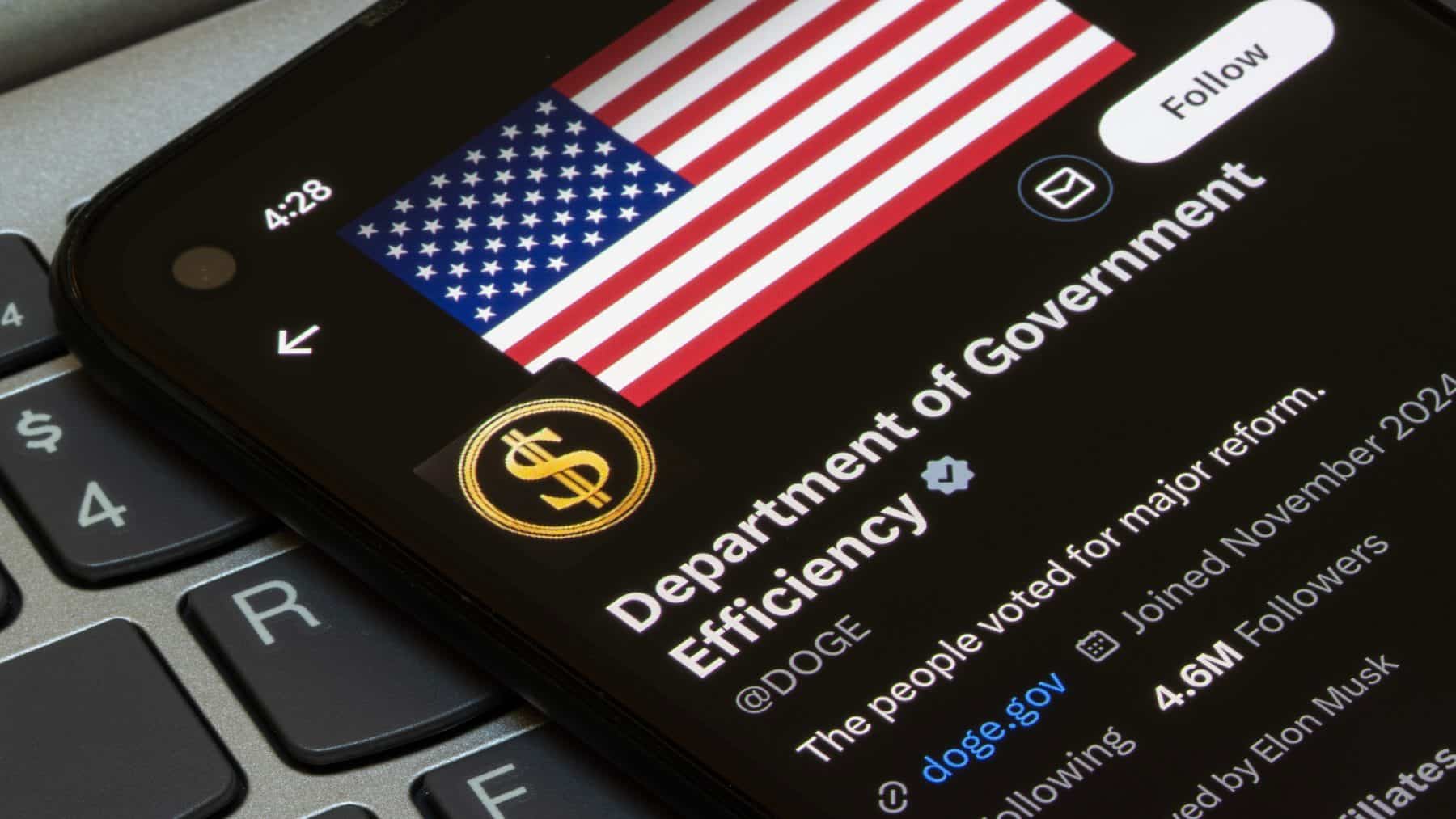The Elon Musk headed Department of Government Efficiency (DOGE) has been the driving force behind office closures and workforce minimizations at the Social Security Administration (SSA). As a result, a new study has determined that seniors will now have to make around 2 million additional trips for in-person aid each year.
Impact of cutbacks at the Social Security Administration
According to a study conducted by researchers at the Center on Budget and Policy Priorities (CBPP), the DOGE driven cuts, along with the recently implemented phone service restrictions, will now “require people to make over 1.93 million additional trips to understaffed Social Security field offices each year.” These trips will, in turn, amount to around one million hours of unnecessary travel annually.
“Our estimates are very conservative because when they’re talking about the time, it’s just the time literally to travel from one point to another and back,” Devin O’Connor, a CBPP senior fellow and study co-author, shared with Newsweek.
“It doesn’t take into account traffic, time of day, other things that come into effect. But also, it doesn’t take into account how long you might spend waiting in a field office or how hard it is to get an appointment to go to a field office in the first place.”
Senate Democrats warned, in March, that the SSA would do away with 12% of its total staff as a result of shuttering 47 field offices and 6 of 10 regional offices. Closures at such a large scale would likely result in an overwhelmingly high level of foot traffic at the remaining offices which would ultimately slow down service delivery.
“Almost 60 percent, six out of 10 people, are waiting more than four weeks to get into a field office, so there’s no reason to think that a direct deposit change is going to be prioritized over a benefit claim,” O’Connor said. “So, people who are no longer able to do this over the phone are going to be kept waiting and then have to make that travel.”
Tips on reducing reliance on Social Security
Whilst President Trump has vowed to protect Social Security, his idea of cutting taxes on benefits could hasten the depletion of funds for the program. As such, until matters are officially confirmed, here are some options to consider in order to prevent being solely dependent on Social Security benefits during your retirement:
1 – Financial Samurai founder Sam Dogen recommends aiming to max out tax-advantaged retirement vehicles. “Hopefully, it’s something that becomes automatic, and you’re not going to touch it until you’re 59½,” he told CNBC. However, this should only be done if you do not have debt.
2 – Capitalize on the 2017 Tax Cuts and Jobs Act (TCJA) before it expires at the end of this year. President Trump has shared plans to extend and make permanent the tax cuts, however, until then, it might make sense to convert a tax-deferred retirement account into a Roth IRA.
“One reason to consider a Roth conversion this year or next: Without further action from Congress, tax rates are set to rise with the sunsetting of the 2017 Tax Cuts and Jobs Act at the end of 2025,” according to Fidelity. “In the meantime, a Roth conversion at current lower rates could reduce taxes on the conversion, and allow for qualified distributions in retirement that are tax-free.”
3 – Start contributing to a Health Savings Account (HSA) as it has 3 tax benefits, “contributions are tax-deductible, the money can be spent tax-free for qualifying healthcare expenses and any investment growth in your account is tax-free,” according to Yahoo!Finance. Premiums, deductibles, and other out of pocket expenses are not covered by Medicare which means that retirees could still end up spending a pretty penny on healthcare during their retirement. Additionally, you cannot contribute to an HSA once you are on Medicare, so maxing out your HSA contributions until then would be wise.
“While your HSA can’t pay your premiums, it exists as an emergency fund for health care, and maxing it out can leave you better prepared for large out-of-pocket medical bills,” Experian author Emily Starbuck Gerson explains. “There is a risk of saving more than you need, and later wanting that money for other purposes. You can’t withdraw that money penalty-free until after age 65, and even then, you’ll still owe taxes on non-qualified expenses.”

